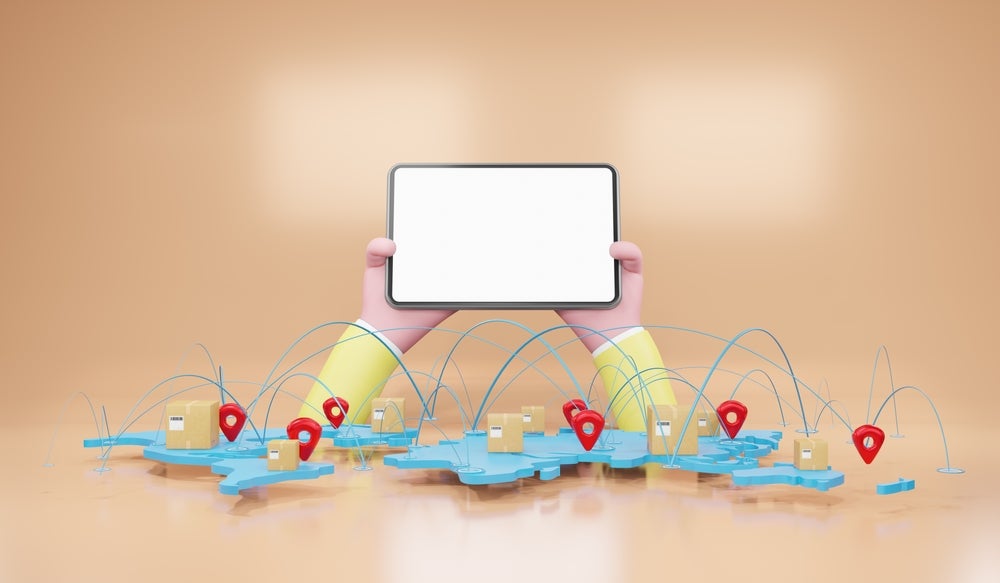
Connected packaging presents a myriad of challenges and opportunities for the industry.
When implemented successfully through technology such as QR codes, consumers can become more engaged with a product and receive useful information and entertaining experiences.
But when connected packaging falls short, the result is wasted time and money for companies.
At the Global Connected Packaging Summit 2023 hosted by Appetite Creative, industry professionals discussed how packaging can be upgraded through connectivity.
These professionals included Güneri Tugcu, who is senior partner manager of transparency at Amazon; Paul Jenkins, managing director and founder of PackHub; Lucas Gouvea Silva, sales solutions specialist at SIG Combibloc and Pippa Guerra, global marketing senior manager at Evian at Danone.
According to Appetite Creative, from 2022 to 2023, the number of brands that have already used connected packaging or will implement it in their plans for 2023-2024 has jumped from 46% to 81.5%. This suggests that connected packaging is now an expectation rather than an exception.
Silva affirmed that: “Consumers are in the supermarket in front of multiple packages from multiple brand owners, so companies need to grab the attention of the consumer through the powerful tool of connected packaging.”
Jenkins concurred: “The Internet of Things (IoT) is developing faster and faster with AI hot on its heels and there’s an opportunity for brands to offer something innovative. So, brands that don’t play in this space are missing out.”
In the case of the famous water brand Evian, Guerra highlighted gamification as a key strategy: “We’ve been investing in gamifying our packaging through geolocation, so consumers can scan the product and are taken to the world of Evian, which is a small town in Eastern France. This expands our brand storytelling.”
Building consumer trust through connected packaging
Consumers can be deterred from engaging with packaging technology over worries about data collection. However, Guerra acknowledged that this is “no secret” and is “fundamental, but the secret is to add value for the consumer.
She continued: “The key for businesses is to go for it and make sure you have a team and the right resources to be able to make the most out of that precious data to constantly improve your products and your services.”
Value packaging can also include accessible features for disabled consumers, as Jenkins pointed out: “In the Netherlands some big brands are using technology to allow consumers with poor eyesight to be able to see packaging from a distance.”
The panellists agreed that when brands undertake connected packaging successfully, it results in loyalty and commitment from consumers, which is invaluable.
Sustainability in connected packaging
As with any area of packaging, sustainability is a key concern. Tugcu referenced the Grail 2.0 project by the Alliance to End Plastic Waste, which is a digital watermark on the product to ensure the right identification and sortation for recycling.
But communicating such sustainable practices to consumers is also crucial, as Guerra confirmed: “At Evian we’ve discussed how to display all of the sustainable certifications on limited label space. But connected packaging opens up an infinite canvas for transparency and traceability.”
Jenkins emphasised “subtler” ways to communicate sustainability on connected packaging such as “how consumers can recycle products via a QR code. This also removes the need for physical pamphlets or leaflets for a reduction in paper.”
Overcoming challenges in connected packaging
The panellists emphasised that businesses must take risks and not be afraid of failure when adapting product packaging, as the risks outweigh the benefits. However, they emphasised some common mistakes.
At Amazon, Tugcu said: “What we see working with more than 33,000 brands is operational complexity. I’ve seen so many bad implementations for connected packaging, such as putting a barcode on a box and all it does is navigate the consumer to your desktop website. Please don’t do this, because you’re going to make consumers have this assumption of ‘I did this with brand XYZ, all it does is take you to the website’ and they’ll never scan again.”
He added that not all technologies are suitable for all brands, saying: “I think RFID technology is great. But do I believe it’s going to be relevant for consumables industries? I don’t think so. It’s going to be too expensive.
“This is also a challenge we have at Amazon. When we add something that’s going to slow down the fulfilment centres for a second, that’s a big problem. So, look for smart technologies, not necessarily the high-tech solutions, but maybe there’s low-hanging fruit technology out there that can give you all the benefits you need.”
Guerra concluded with the advice that companies “don’t always have to complicate things. Just create packaging mock-ups and test them in front of people. Don’t be afraid of piloting things.”



